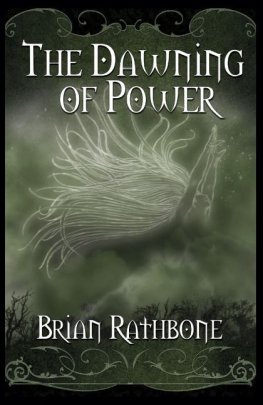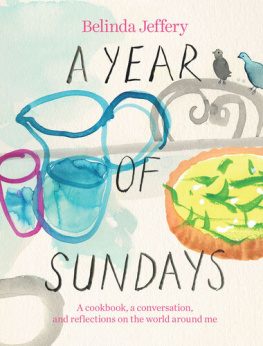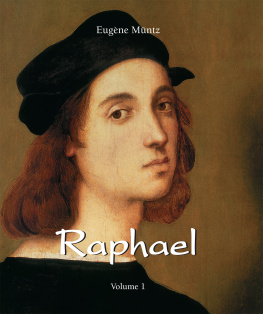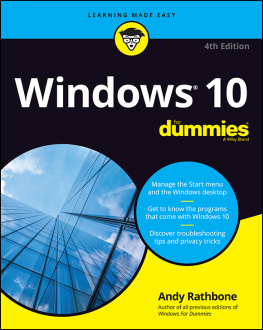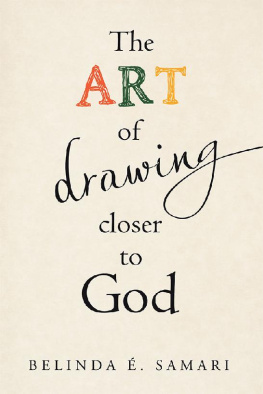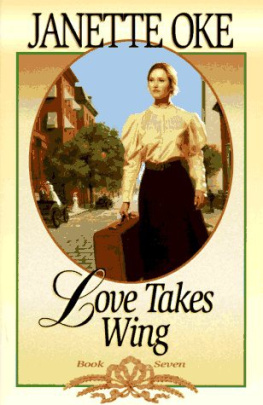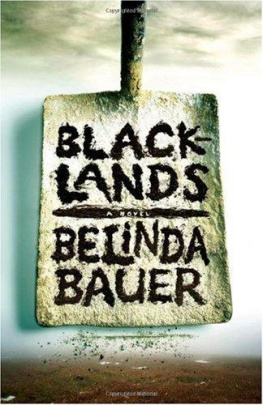Belinda Rathbone - The Boston Raphael
Here you can read online Belinda Rathbone - The Boston Raphael full text of the book (entire story) in english for free. Download pdf and epub, get meaning, cover and reviews about this ebook. year: 2014, publisher: David R. Godine, Publisher, genre: Detective and thriller. Description of the work, (preface) as well as reviews are available. Best literature library LitArk.com created for fans of good reading and offers a wide selection of genres:
Romance novel
Science fiction
Adventure
Detective
Science
History
Home and family
Prose
Art
Politics
Computer
Non-fiction
Religion
Business
Children
Humor
Choose a favorite category and find really read worthwhile books. Enjoy immersion in the world of imagination, feel the emotions of the characters or learn something new for yourself, make an fascinating discovery.
- Book:The Boston Raphael
- Author:
- Publisher:David R. Godine, Publisher
- Genre:
- Year:2014
- Rating:4 / 5
- Favourites:Add to favourites
- Your mark:
- 80
- 1
- 2
- 3
- 4
- 5
The Boston Raphael: summary, description and annotation
We offer to read an annotation, description, summary or preface (depends on what the author of the book "The Boston Raphael" wrote himself). If you haven't found the necessary information about the book — write in the comments, we will try to find it.
The Boston Raphael — read online for free the complete book (whole text) full work
Below is the text of the book, divided by pages. System saving the place of the last page read, allows you to conveniently read the book "The Boston Raphael" online for free, without having to search again every time where you left off. Put a bookmark, and you can go to the page where you finished reading at any time.
Font size:
Interval:
Bookmark:
The Boston Raphael
A Mysterious Painting, an Embattled Museum in an Era of Change, & A Daughters Search for the Truth
Belinda Rathbone

D AVID R. G ODINE Publisher
Boston
First published in 2014 by
D AVID R. G ODINE Publisher
Post Office Box 450
Jaffrey, New Hampshire 03452
www.godine.com
Copyright 2014 Belinda Rathbone
All rights reserved. No part of this book may be used or reproduced without written permission from the publisher, except in the case of brief quotations embodied in critical articles and reviews. For information, contact Permissions, David R. Godine, Publisher, Fifteen Court Square, Suite 320, Boston, Massachusetts, 02108.
Frontispiece: Perry T. Rathbone being photographed by Yousuf Karsh, MFA, Boston, 1966. Photograph: Ivan Dmitri.
Library of Congress cataloguing-in-Publication Data
Rathbone, Belinda.
The Boston Raphael : a mysterious painting, an embattled museum in an era of change & a daughter's search for the truth / Belinda Rathbone.
pages cm
Includes bibliographical references and index.
HARDCOVER ISBN 978-1-56792-522-7 (alk. paper)
EBOOK ISBN 978-1-56792-540-1
1. Rathbone, Perry Townsend, 19112000. 2. Museum of Fine Arts, BostonHistory20th century. 3. Art museumsSocial aspects. 4. Raphael, 14831520Authorship. I. Title.
N520.R38 2014
708.144'61dc23
2014020036
CONTENTS
To my fathers grandchildren
Claudia, Sarah, Emma, Vanessa, James, Elliot, and Dylan
Part I
The Greatest Adventure of All
F LORENCE , I TALY , 2005
I T WAS THE EVE of the Feast of San Giovanni, and Florence was thronged with tourists. My sister Eliza, my cousin Cecilia, and I had arrived the night before, booked into a room at a small hotel in the heart of town, and spent the morning visiting favorite sights. The Bargello, with its quiet courtyard and timeless treasures, including Donatellos bronze sculpture of the triumphant David in a feathered hat; the tiny chapel of the Palazzo Medici Riccardi, where Benozzo Gozzolis frescoes envelop the visitor in a rich landscape through which the Magi make their journey to Bethlehem; and the Medici Chapel, where Michelangelos monuments to the great patrons of the Renaissance preside over his brooding allegories of Dawn and Dusk, Day and Night. We stopped for lunch at a local restaurant, practiced our Italian (Cecilias fluent, Elizas passable, mine nonexistent) on a cheerful waiter, ordered the spaghetti del giorno, and drained a carafe of vino della casa. But now it was time to make our only scheduled appointment. We threaded our way through the crowds of sightseers, street performers, and peddlers on the Piazza della Signoria and bypassed the line of visitors at the entrance to the Uffizi Gallery, all waiting their turn to stand before some of the greatest treasures of Western art in the world. Through a door at the far end of the East Wing, we entered the quiet seclusion of the staff entranceway.
Our appointment was with one small painting, at one time attributed to Raphael, that was not on view to the public. A receptionist at the desk called for Giovanna Giusti, the curator with whom I had been corresponding by e-mail since March. From her I had learned that the picture which had dropped out of sight more than twenty years before was, in fact, at the Uffizi, that it was in storage, and that it would require special permission to see it. The date was set: three oclock, June 23. There we were.
On a midsummer day thirty-six years earlier, about 150 miles north of where we stood, another party had gathered around the very same painting. My father, Perry T. Rathbone, was considering its acquisition for the Museum of Fine Arts, in Boston, where he was then director. This would be a coup for the MFA , which was about to celebrate its centennial year, 1970. Nothing could adorn the centennial celebrations more than a previously unknown work by one of the greatest artists who had ever lived. Nothing could crown my fathers fifteen-year directorship of the MFA more gloriously than such a treasure.
The party had converged from various points: from Boston, Perry Rathbone and Hanns Swarzenski, the MFA s curator of decorative arts, who was the first to have seen the picture and to urge Rathbone to consider it for the MFA ; from Paris, John Goelet, a young museum trustee with deep pockets; and from London, John Shear-man, a professor of art history at the Courtauld Institute of Art, generally regarded at the time as the foremost expert in the work of Raphael. Their appointment was with Ildebrando Bossi, a Genoese art dealer from whom Swarzenski had already bought a number of Renaissance works of art for the MFA .
They were full of excitement at the prospect. In Genoa, my father wrote to my mother on July 15, we made our rendezvous with John Shearman on the dot and thus commenced the greatest of all adventures negotiations for the Raphael, to which he added in big block letters ( CONFIDENTIALLY ).
It was indeed the greatest of all adventures. In fact, it was the beginning of an art-world cause clbre of international scope, a milestone in the history of art collecting, and also the unraveling of my fathers thirty-two-year career as a museum director.
We waited in the dusky entranceway for Signora Giusti to appear. Greetings in both languages came eagerly to the fore as a sturdy middle-aged woman arrived at the desk. She guided us out the staff door and across the piazza, through another giant door into the West Wing, and up a wide stone staircase. Upstairs the walls were lined with metal racks upon which old master paintings were hung floor to ceiling. A white-smocked preparator led us farther into a small, windowless room. Standing at a worktable, he folded back the white tissue paper around a small portrait on a panel just 10 by 8 inches unframed, as starkly naked as a patient on an operating table.
I remembered her well a young girl of about twelve or thirteen, impeccably dressed in rich velvet and lace, decorated from headdress to belt in exquisite Renaissance finery. Her name was Eleonora Gonzaga at least it was the last time I had seen her and she was of noble lineage, the daughter of the Duke and Duchess of Mantua. If there was a difference in my fresh impression, it was that she looked somewhat colder and cleaner, as if nothing beneath her impeccable jewel-like surface was left to be penetrated. Her trace of a smile and her steady gaze poised and confident, but with the innocence of adolescence betrayed little of her life to date and nothing of her travels since. She was as mysterious as ever.
The painting had been sent to a conservation lab in Rome following its return from Boston some years earlier, where it was cleaned and closely studied by various experts. At that time, said Giusti, choosing her words carefully, the consensus was that it is not by Raphael.
Expert opinions just a few years earlier than that had been quite different. Before lunch the verdict was delivered, my father wrote to my mother on July 15, 1969. A genuine early Raphael.
From being quite sure that it was an early work of Raphael, to being quite sure that it was not, the trend of expert opinion rode the waves during the paintings brief thirteen-month period of public exposure in Boston. At the same time, another struggle, equally if not more diverting, was over the manner of its exportation from Italy and arrival in Boston.
The little portrait had become the object of a contest, which usually means that only one side can win. While its acquisition was designed to serve one purpose as a centennial prize for the MFA and the crowning acquisition of my fathers tenure its return to Italy served another as a trophy for Italys top art sleuth, Rodolfo Siviero. For the purposes of both parties, it was imperative to believe in its attribution to Raphael. But once the struggle for ownership was settled, in favor of Italy, the debate over its attribution left the international arena. The last time the picture was publicly exhibited was at the Palazzo Vecchio, in Florence, in a memorial exhibition to Siviero after he died in 1984. The wall label accompanying it stated noncommittally, Attributed to Raphael. Many visitors saw it there for the first time, and some remembered the controversy surrounding it. The label begged the question, and they came to their own conclusions, or not. While the picture still represented one of the most celebrated of Sivieros repatriation efforts, it was no longer officially considered a Raphael. All that fuss, and it wasnt a Raphael after all?
Next pageFont size:
Interval:
Bookmark:
Similar books «The Boston Raphael»
Look at similar books to The Boston Raphael. We have selected literature similar in name and meaning in the hope of providing readers with more options to find new, interesting, not yet read works.
Discussion, reviews of the book The Boston Raphael and just readers' own opinions. Leave your comments, write what you think about the work, its meaning or the main characters. Specify what exactly you liked and what you didn't like, and why you think so.



